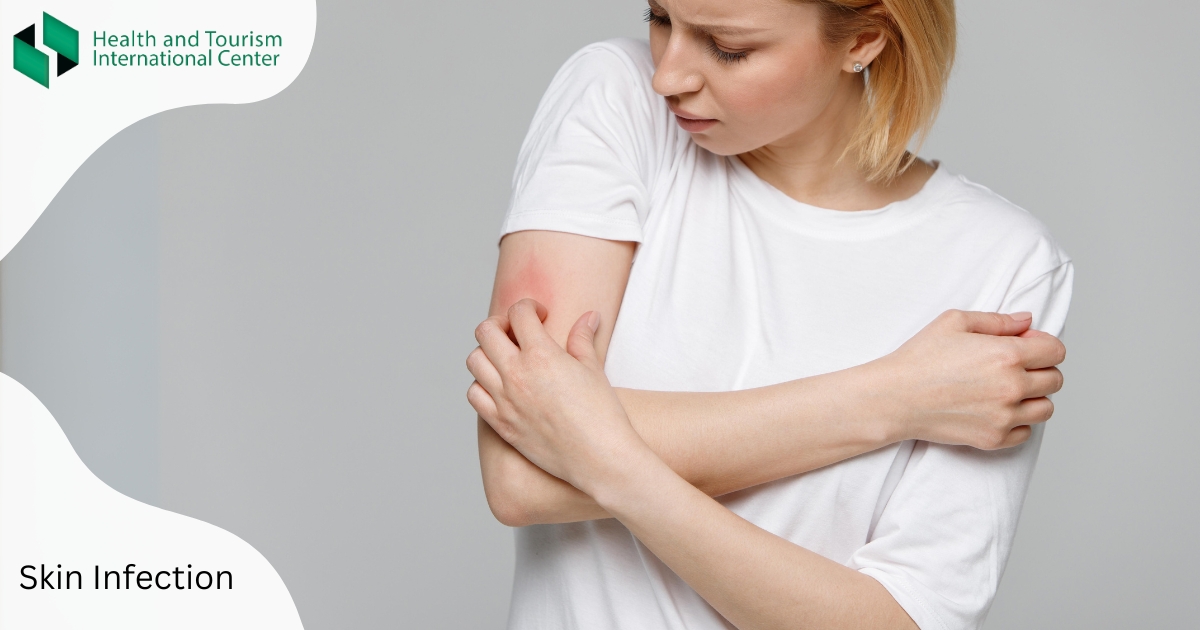Skin infection is caused by a number of pathogens (bacteria, viruses, parasites, fungi).
Symptoms and course of treatment depend on the underlying cause.
The infection may be mild or serious. Most skin infections are effectively treated, but sometimes they are so severe that they penetrate deep into the skin and spread far into the body.
The risk of developing and aggravating a skin infection is high if there is a history of:
diabetes;
- poor blood circulation;
- nutritional deficiency;
- weak immunity;
- side effect of medication;
- old age;
- kind of skin folds developed due to obesity.
Of course, a mild infection can be managed at home, but other types of infection cannot be treated arbitrarily, you should consult a doctor.
There are 4 types of skin infections, namely:
- Bacterial;
- Viral;
- Fungal;
- Parasitic.
The symptoms themselves depend on the type of infection, the underlying cause, or individual factors, but some signs are typical.
Common symptoms include:
- Redness of the skin
- Paleness;
- Lesions, which can be heard as growths, may be protruding from the skin or even, or at least irregular;
- Itching;
- Pain and weakness.
Sometimes other symptoms appear, for example, fever.
The following symptoms are characteristic of an acute infection:
- Pus;
- Corns;
- Ulcers;
- Thickness characteristic of necrosis, i.e. tissue death;
- Swelling;
- Pain and discoloration.
Source:
https://www.healthline.com/health/skin-infection#_noHeaderPrefixedContent

